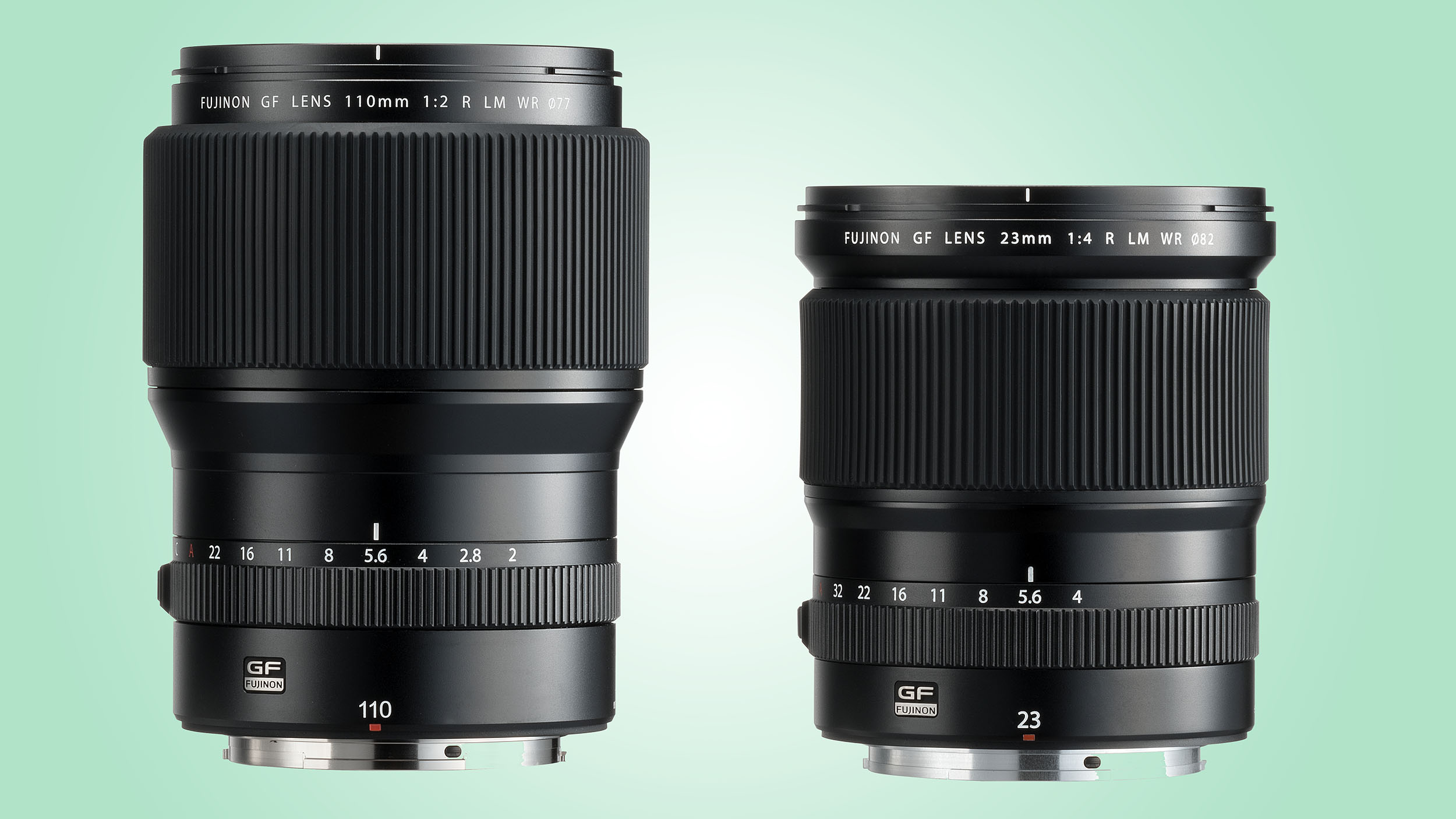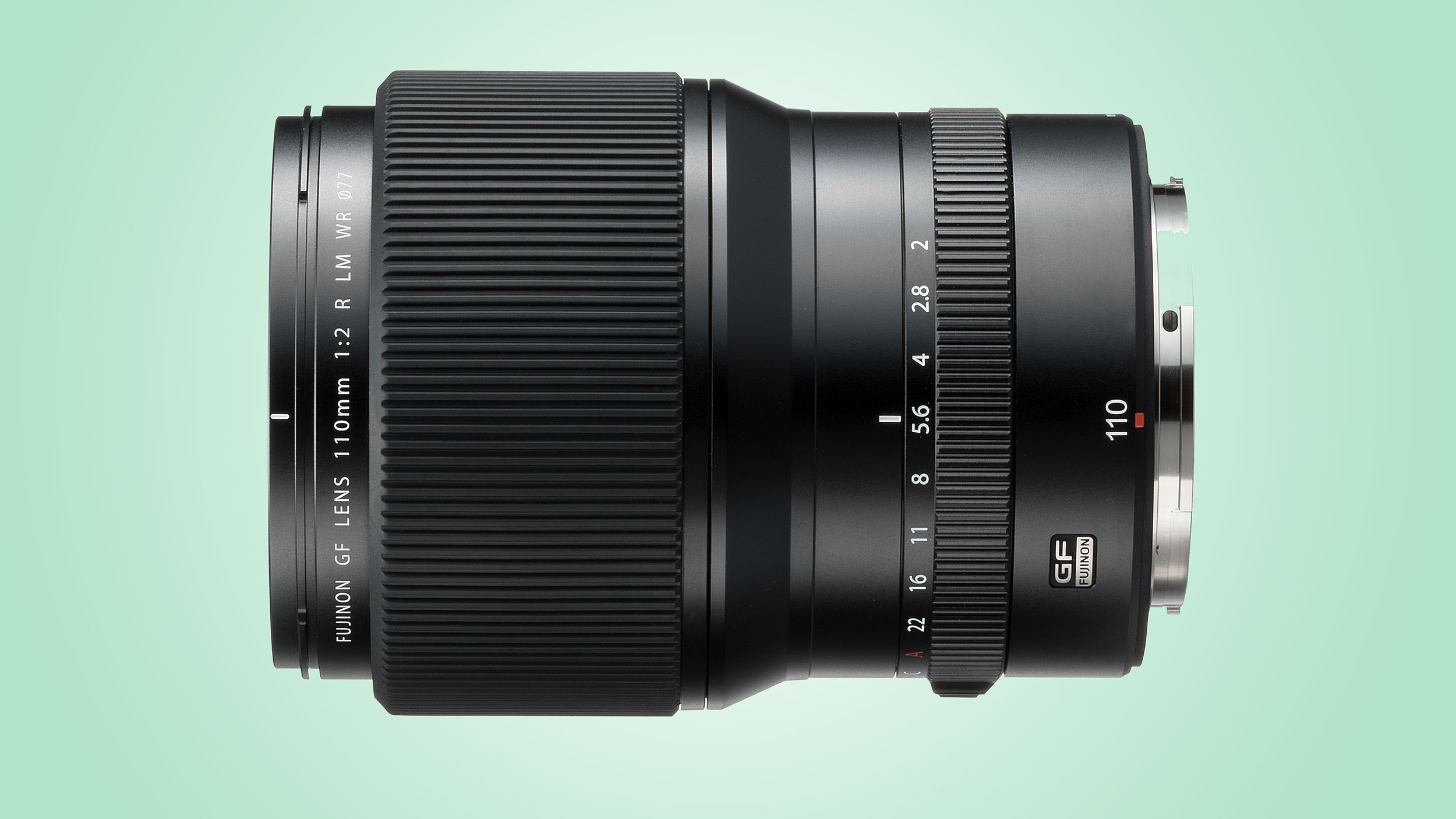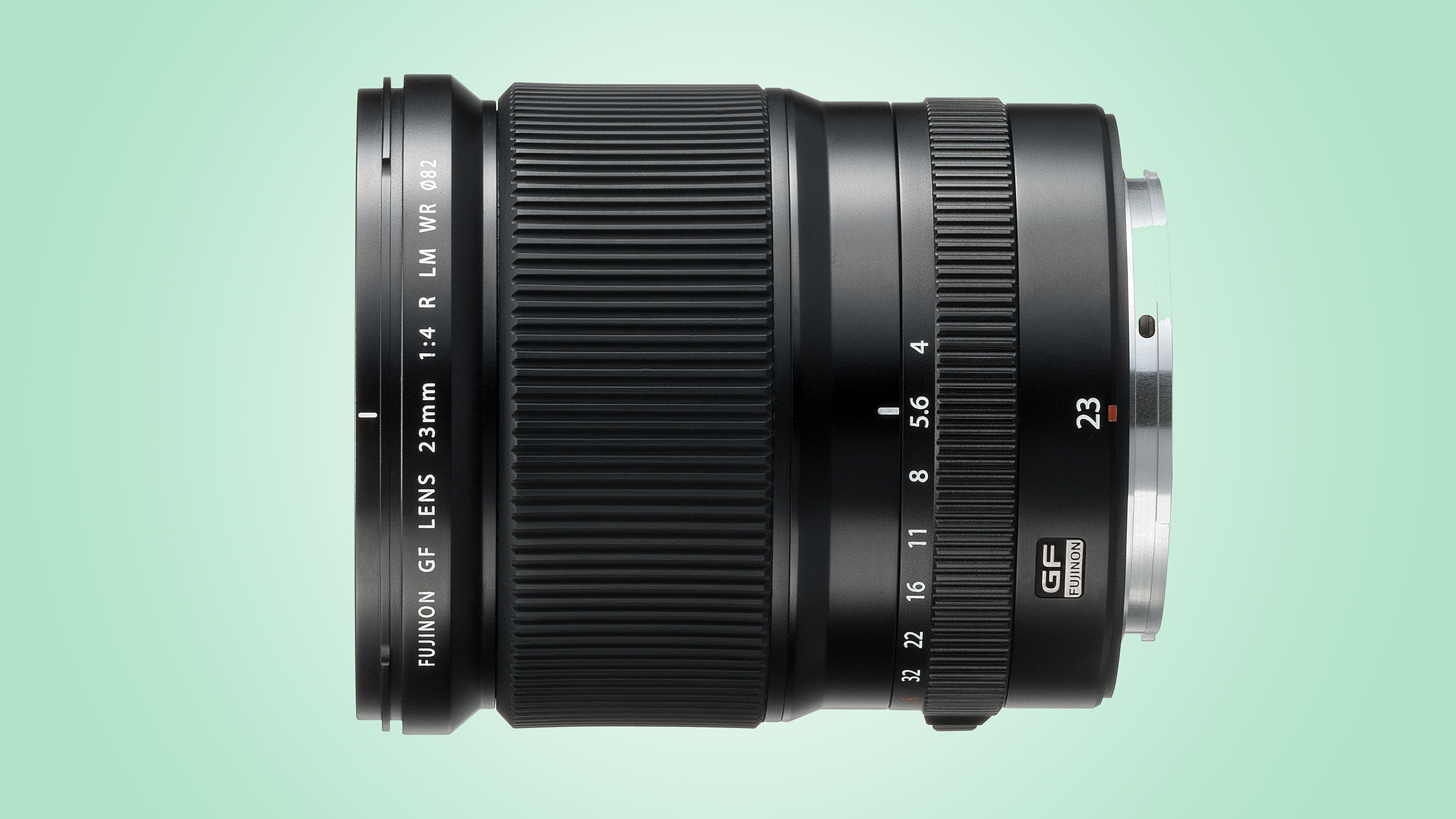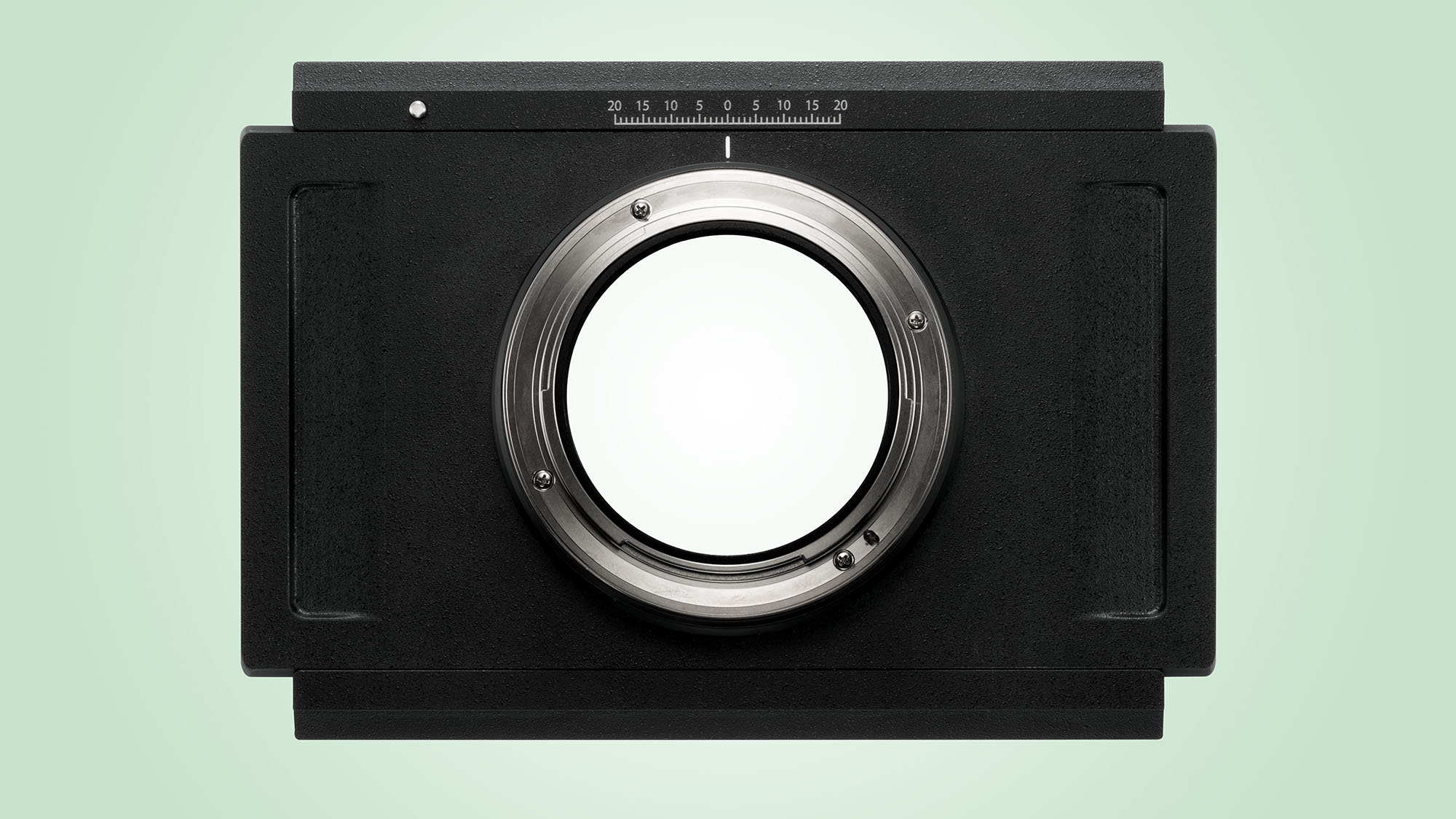Fujifilm broadens GFX system with two new lenses and accessories
The GFX system grows

Fujifilm gave us one of the most exciting announcements of last year with its medium-format GFX 50S camera, and now it's confirmed the imminent arrival of two optics for the GFX system.
The company announced the development of the Fujinon GF110mm f/2 R LM WR and GF23mm f/4 R LM WR back in September, alongside the GFX 50S, but the lenses' specifications, pricing and arrival date been only now been confirmed.
With a relatively wide aperture and a focal length equivalent to 87mm in 35mm terms, the Fujinon GF110mm f/2 R LM WR is primarily intended for portrait photographers.

Fujifilm has designed it with a 14-element / 9-group construction, with four of these elements boasting extra low-dispersive properties, as well as a nine-bladed diaphragm for circular bokeh.
It employs a linear focusing motor that assures fast and quiet autofocus, while its minimum focusing distance is stated as 90cm. The use of an inner focusing system, meanwhile, is claimed to minimise any aberration fluctuations as the shooting distance changes.
As with the only body in the series, the GFX 50S, the lens has been designed with a dust- and weather-resistant construction, with nine seals around points of potential ingress. Fujifilm also says it can be used in temperatures as low as -10 degrees Celsius.
Just like many lenses in its X-series, the optic has been fashioned with an aperture ring, and this can be locked in position to prevent unwanted movements. When it's set to its ‘C’ position, the user is also free to adjust the aperture through the camera body’s command dial, rather than via the lens itself.
Get daily insight, inspiration and deals in your inbox
Sign up for breaking news, reviews, opinion, top tech deals, and more.

The GF23mm f/4 R LM WR, meanwhile, is a wide-angle lens with a focal length equivalent to 18mm in 35mm terms, which Fujifilm is targeting at landscape and architectural photographers.
The lens has been crafted with a necessarily more complex internal configuration than the GF110mm. This includes two aspherical elements, three ED elements and one Super ED element, with 15 elements in total spread over 12 groups.
Furthermore, the same Nano-GI (Gradient Index) coating technology that was developed for the company’s X-series lenses has been used here. Much like similar coatings from other manufacturers, this is designed to change the refractive index between the glass and air more gradually, to prevent ghosting and flare.
The lens sports the same aperture dial and locking mechanism as its 110mm sibling, and has been designed with the same level of dust- and weather-resistance. It also mirrors the 110mm in offering an inner focusing system and linear AF motor.
View camera adapter

Two accessories have also been announced alongside the new lenses. The EC-GFX eyecup is made using a soft material that's designed to provide a comfortable feel for GFX users, regardless of whether or not they wear glasses. A view camera adapter, which allows older Fujinon large-format lenses to be used with the GFX 50S, will also be available.
The GF23mm f/4 R LM WR and Fujinon GF110mm f/2 R LM WR will arrive in June, priced at £2,399 / $2,599.95 and £2,599 / $2,799.95 respectively (Australian pricing is still to be confirmed). The view camera adapter will also be available at the same time, although prices for this and the eyecup have not yet been announced.
The new lenses and accessories join the three existing lenses designed for the GFX system, namely the GF63mm f/2.8 R WR, GF120mm f/4 R LM OIS WR Macro and GF32-64mm f/4 R LM WR. A further lens, the GF45mm f/2.8 R WR is also promised for release later this year, while the publication of a new road map shows that 2018 will see a new telephoto prime lens and a teleconverter added to the range.